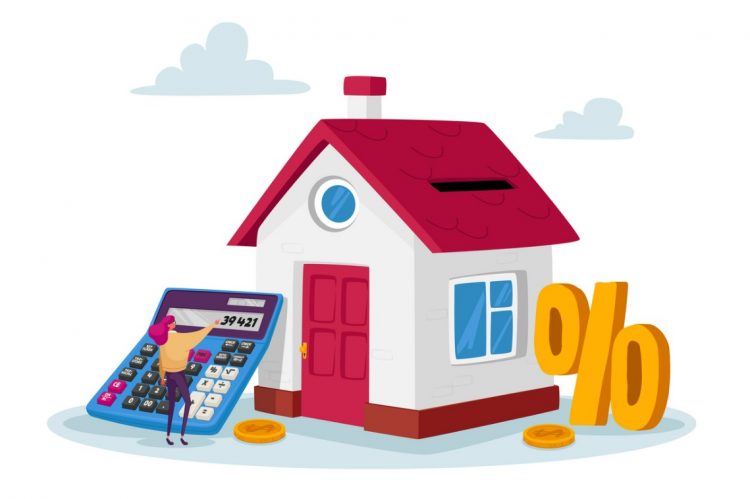The 30-year fixed-rate mortgage (FRM) remained relatively flat, increasing minorly from last week’s average of 7.18% to an average of 7.19% this week, according to the latest Primary Mortgage Market Survey® (PMMS®) from Freddie Mac released Thursday.
This week’s numbers:
- 30-year fixed-rate mortgage averaged 7.19% as of September 21, 2023, up from last week when it averaged 7.18%. A year ago at this time, the 30-year FRM averaged 6.29%.
- 15-year fixed-rate mortgage averaged 6.54%, up from last week when it averaged 6.51%. A year ago at this time, the 15-year FRM averaged 5.44%.
The takeaways:
“Mortgage rates continue to linger above seven percent as the Federal Reserve paused their interest rate hikes,” said Sam Khater, Freddie Mac’s Chief Economist. “Given these high rates, housing demand is cooling off and now homebuilders are feeling the effect. Builder sentiment declined for the first time in several months and construction levels have dipped to a three-year low, which could have an impact on the already low housing supply.”
Jiayi Xu, economist at Realtor.com, commented:
“The Freddie Mac fixed rate for a 30-year mortgage remained flat this week, up by 0.01 percentage points to 7.19%, as markets digested information from Wednesday’s Fed meeting. Despite rising energy costs, several economic indicators, including the continued improved core CPI, lower job openings, and the higher unemployment rates, point towards a cooling economy. As a result, the FOMC decided to maintain the short-term policy rate within a range of 5.25 to 5.5 percent. Looking ahead, the updated outlook from the Federal Reserve implies a forthcoming monetary policy that is “tighter for longer”. With the year-end projection for 2023 remaining at 5.6 percent, we are drawing closer to another potential rate hike as the year approaches its end. Furthermore, the expected policy rate for the conclusion of 2024 and 2025 is now half a percentage point higher than what was anticipated back in June. This suggests a continued trend toward a more restrictive monetary policy in the path forward.
“With mortgage rates holding steady at over 7%, many homeowners are still hesitant to put their homes up for sale. Although the current housing market presents significant challenges, the fall typically ushers in more favorable buying conditions compared to the rest of the year. For those looking to purchase a home in this tough year, the first week of October will emerge as the best time to make a move. Historical data suggests that during this particular week, home prices tend to dip below their peak levels, competition subsides, and the housing inventory expands compared to the busy summer months. However, prospective first-time homebuyers who lack home equity as leverage may still face considerable hurdles in attaining homeownership. Fortunately, the decreasing trend in rental prices offers some respite by alleviating the sense of urgency. The cooling rents combined with surging buy-costs have made buying a starter home a much less affordable option than renting one in almost all largest U.S. metros. As a result, we expect more households will remain in the rental market for longer and thus, have more time to save for their future homes.”












